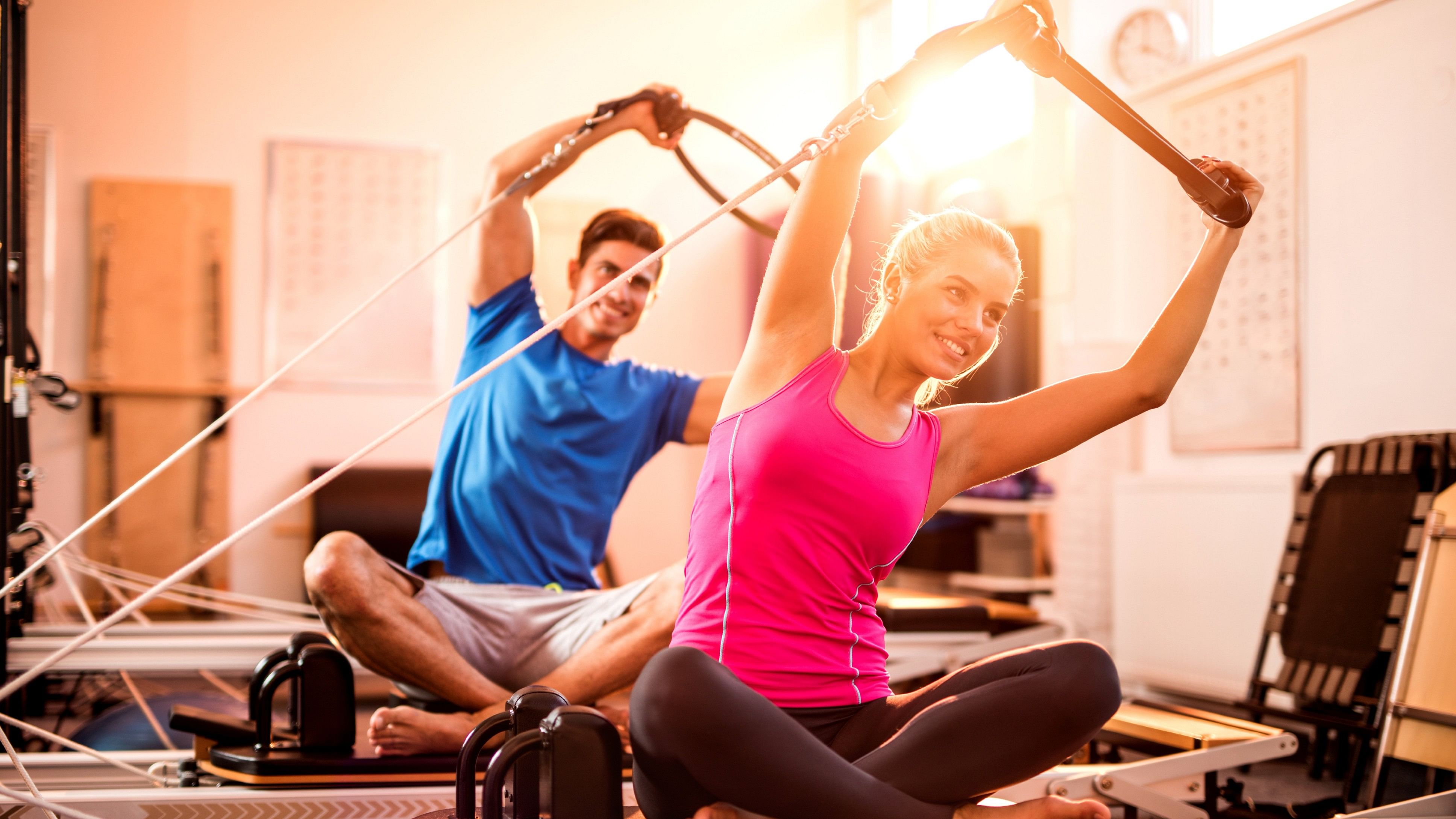
Image for representation.
Credit: iStock Photo
A growing awareness around leading a healthier lifestyle has transformed the fitness landscape, driving the development of innovative workout methods, advanced equipment, and cutting-edge fitness apps. With so many options, it’s crucial to separate sustainable trends from fleeting fads. Here are some fitness trends that are gaining traction and those that may fade away.
Wearable technology, AI & more
One of the most significant trends is wearable technology. Fitness trackers, smartwatches, and heart-rate monitors will continue to dominate, offering real-time insights into physical fitness, eating habits, and overall wellness.
AI-powered fitness platforms, especially those incorporating virtual reality (VR) workouts with gaming elements like challenges and competitions, are also expected to thrive. They keep users engaged and motivated. Mobile fitness apps remain popular due to their convenience, offering everything from readymade workouts to meal tracking and feedback on progress.
Biohacking is taking fitness tech a step further as this science-based approach involves using supplements, technology, and mindful practices to enhance physical and mental abilities. However, concerns about sufficient data to back some of these methods remain.
Functional fitness
The long-standing trend of high-intensity workouts is declining, giving way to functional fitness. These workouts focus on improving movement quality and strength for everyday activities. Functional fitness offers the advantage of being sustainable in the long run, avoiding the injuries and burnout often associated with intense exercise regimens.
Preventive & prehab training
Preventive fitness and prehab training are becoming popular with an increased focus on injury prevention. Preventive fitness aims to stop overuse injuries before they happen, while prehab training strengthens the body before surgeries to aid faster recovery.
As fitness goals shift towards long-term functionality and well-being, programmes that promote staying active and strong into old age will define the future.
The rise of Pilates
Pilates is experiencing a surge in popularity, with endorsements from athletes, Olympians, and celebrities. Once considered a stretching workout for women, Pilates is now recognised for its effectiveness in injury prevention, core strength, and mobility. Equipment-based Pilates offers stability, balance, and functional strength, making it a favourite across age groups.
Personalised programmes
The demand for personalised fitness programmes is rising as people move away from the one-size-fits-all approach. Tailored plans, designed by experienced professionals, focus on individual goals, minimising the risk of injury and maximising long-term progress. This shift comes in response to the growing number of exercise-related injuries linked to large group classes and online workouts, where correcting the form is challenging.
Outdoor fitness
The trend of outdoor fitness is also on the rise, combining adventure and competitive elements with strength and endurance training. Outdoor activities emphasise stress management and mind-body focus, offering a refreshing alternative to traditional gym workouts.
Stress management & mental focus
Mindfulness is becoming integral to fitness routines, with programmes designed to improve cognitive function and manage stress. As part of holistic wellness, mental well-being is now a priority in many fitness programmes.
Low-impact, steady-state cardio
Steady-state cardiovascular training is becoming more popular than high-intensity cardio. These workouts involve sustained, moderate movements that offer long-term benefits like aerobic capacity and reduced risk for lifestyle diseases like hypertension and type 2 diabetes.
Home fitness
While home fitness boomed during the pandemic, gyms and fitness studios are making a comeback. Social interaction, varied training programmes, and the benefits of in-person coaching are drawing people back to in-person settings, though high-tech home equipment and online workouts still hold strong.
Fitness for older adults
As the population ages, there’s a growing focus on fitness programmes for older adults. These programmes aim to improve strength, balance, posture, and coordination, helping seniors maintain functional fitness and overall well-being.
Exercise is therapeutic, and staying active is crucial for optimising health and preventing disease. It’s essential to make informed decisions about fitness choices, focusing on practical, sustainable, and professional-led programmes. By prioritising long-term wellness and functionality, fitness enthusiasts can stay consistent and healthy for years to come.
(The author works in the field of Pilates, general fitness, sports, rehabilitation and special needs and is a Master Trainer for Pilates and movement for physiotherapists, sports trainers, dancers, yoga and personal trainers, among others.)